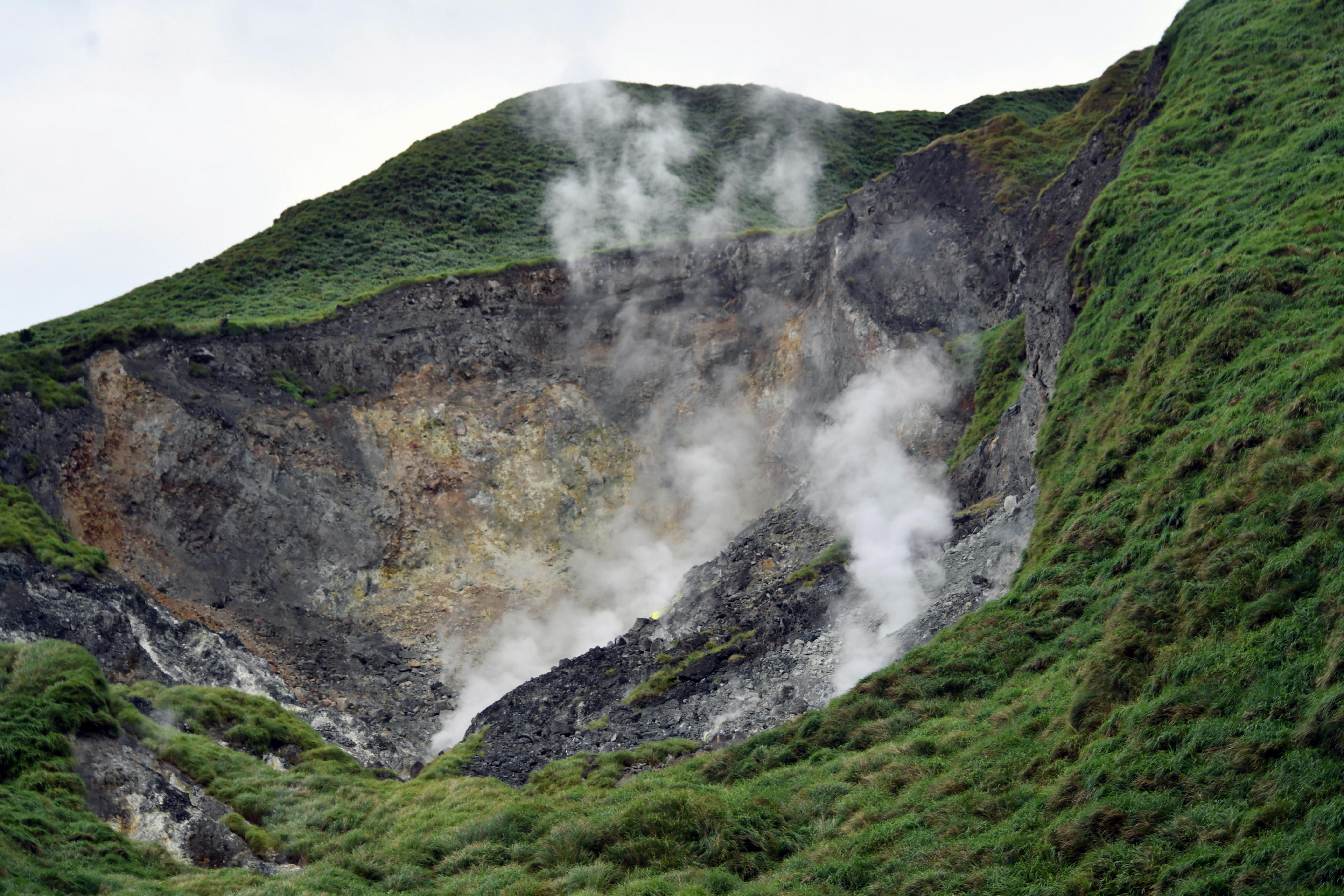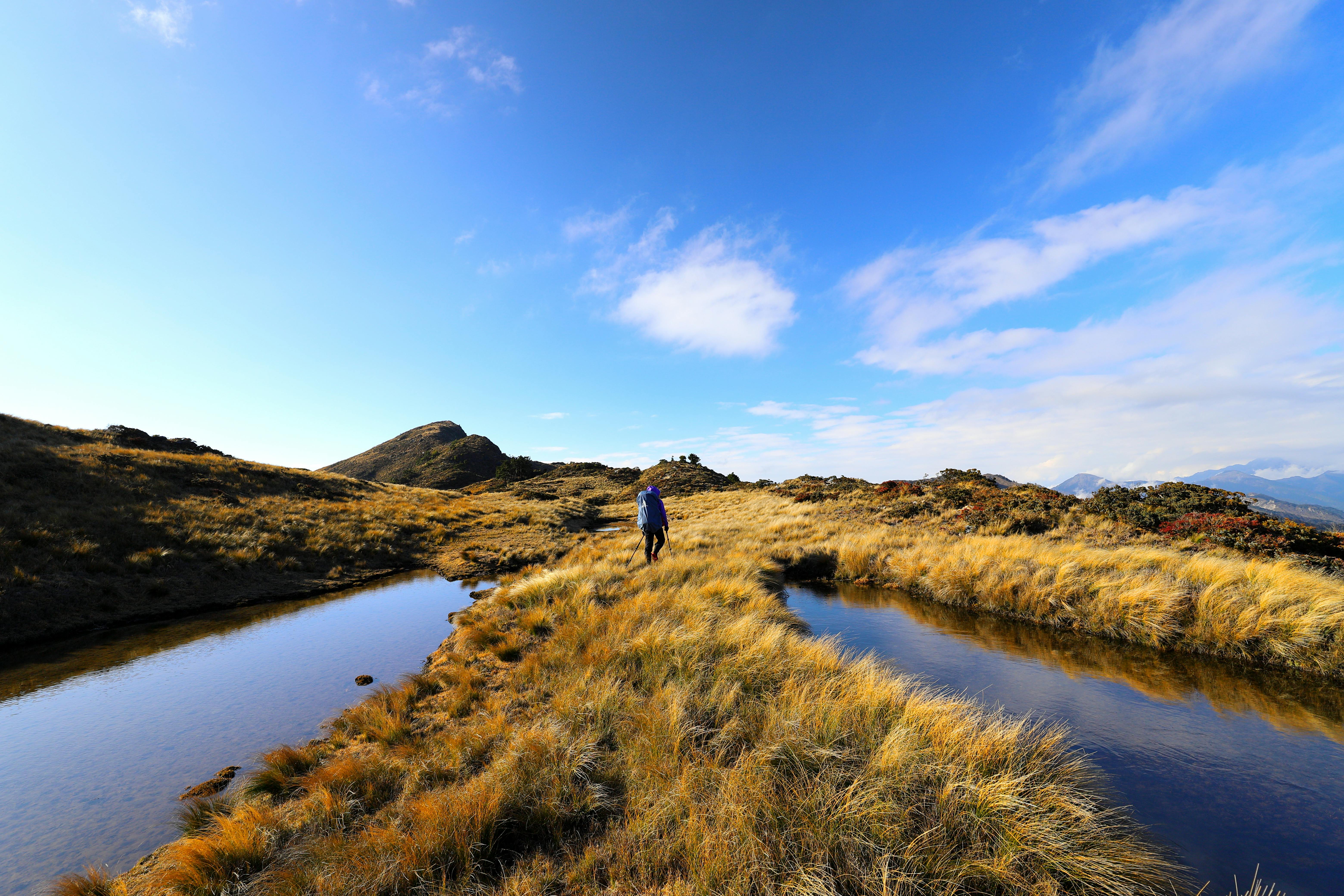Taiwan Mountain Adventure: Expert Planning for Memorable, Sustainable Travel
I still remember the first sunrise I watched from the peak of Hehuanshan, and, to be honest, it remains one of the most defining moments in my entire travel career. If you’ve ever planned a mountain adventure in Taiwan—or even considered it—you probably know how intimidating those first steps can feel. Where should you start? What gear do you actually need? How do you build a route that’s both safe and unforgettable? These aren’t just idle curiosities. They’re critical questions that shape every memorable mountain experience and underpin the growing success of Taiwan’s adventure tourism sector1.
While Taiwan isn’t always the first place that springs to mind for epic mountain trekking, those in the know have been quietly watching its adventure profile rise—thanks to advanced planning, sustainable tourism efforts, and the sheer beauty of its alpine landscapes. As someone who’s guided groups, worked with local DMO teams, and made a few rookie mistakes on unrated trails, I’m genuinely excited to walk you through what makes Taiwan’s mountain tourism stand out. More importantly, I want you to avoid the pitfalls I’ve navigated and experience the kind of awe I felt scaling Yushan’s rugged ridges—a place where, at least for a few hours, you feel both utterly small and inexplicably huge.
Why Taiwan? Unique Adventure Tourism DNA
Did you know? Taiwan boasts 268 mountains over 3,000m tall, including Yushan, East Asia’s highest peak at 3,952m—a magnet for advanced trekkers and mountain lovers seeking challenging, beautiful routes in surprisingly compact geography.2
When discussing Asian adventure destinations, most think Nepal, Japan, or the Himalayas before ever mentioning Taiwan. That’s starting to change—and it’s not just travel writers hyping the landscape. Numbers show international arrivals for Taiwan’s mountain tourism have climbed steadily since pre-pandemic times, with 2024 seeing more than 320,000 unique adventure-oriented visits, a figure up 18% from 2019.3 But I have to clarify: What’s really exciting here isn’t just the scale, it’s the blend of accessibility, biodiversity, and infrastructure that makes epic experiences possible for both seasoned explorers and first-time trekkers.
Take the classic Central Mountain Range. You’ll find routes ranging from the beginner-friendly Taroko Gorge trails—famous for lush, dramatic marble cliffs—to the heart-thumping verticality of Xueshan (Snow Mountain), a technical trek requiring route permits and careful planning. The sheer variety is bonkers. From my perspective, Taiwan’s greatest asset is how these adventures are woven into everyday local life: mountain festivals, indigenous ecological knowledge, and regular government updates on trail safety and conservation. Few places balance real challenge with community involvement and environmental stewardship like this.
Key Insight
If you’re after an authentic, advanced mountain adventure—meaning more than just scenic selfies—Taiwan’s planning model is years ahead of what most travelers expect. It couples smart technology, local partnerships, and progressive tourism policy into a toolkit that turns trips into genuine journeys.4
Building the Perfect Mountain Adventure
Funny thing about adventure planning: most travelers underestimate how much prep happens before the first step onto a trail. I did. My earliest trips were scattershot—a borrowed tent, half a plan, and “winging it” through misty forests. What I should have done? Use Taiwan’s unique route mapping platforms, weather advisory systems, and integrated gear rental networks. These can be game-changers.
- Nationwide trail status notifications
- Automated permit applications for protected routes
- Live weather and seismic activity updates
- Local guide match-vetting and language assistance
As someone who made the mistake of ignoring rainy season warnings on the Mugua River Gorge—and spent 2 soggy, disappointing days in a tent—I can tell you: Plan, review, verify, and always communicate with local experts.5 The more you prepare, the more room you have for authentic discovery.
Seasonal and Weather Planning Essentials
Let’s pause and really think about this for a second: Taiwan’s weather can shift fast. I used to dismiss this warning, but honestly, planning for seasonal patterns is non-negotiable. The more I travel, the more I realise—weather defines everything from route safety to wildlife encounters. According to the Central Weather Bureau, typhoon season runs copiously from June to September and, yes, it’s as intense as you’ve heard.6 Unfamiliar humidity? That’ll sneak up on you. Sudden cold fronts? They can hit even subtropical peaks in mid-March.
Personal Observation
Back in 2018, I lost two full days on Hehuanshan to thick mountain fog I truly didn’t expect. Since then, I’ve found success planning around weather windows—targeting late October through November for drier days and stronger sunrise views. However, spring brings phenomenal cherry blossom scenes at mid-elevation (and fewer crowds).
- Monitor Central Weather Bureau alerts religiously before your trek.
- Pack for all conditions—thermal layers, rain protection, and sun gear.
- Check the latest wildlife migration and blooming forecasts for bonus scenery.
Expert Guide Networks & Community Insights
Now, here’s where Taiwan’s mountain tourism planning truly shines. I’ve yet to work anywhere that matches Taiwan’s blend of local expertise and digital guidance systems. Want to try something new? Connect with indigenous guides via certified networks—these folks possess ecological wisdom, route history, and medicinal plant knowledge that transforms standard hikes into real learning journeys.7
“Adventure starts where local knowledge meets traveler curiosity—Taiwan’s mountain guides are guardians of story as much as safety.”
The more time I spend in guide briefings, the more obvious it becomes that real adventure is about relationships, not just logistics. Taiwan’s certified associations, like the Taiwan Mountain Guide Association, prepare guides with first-responder training, environmental ethics, and cross-language support. If you worry about getting lost or misreading signs (as I have), rest assured—there’s always a community resource available.
- Local trail blogs, many run by retired guides
- Active Line/WhatsApp groups for live info sharing
- Free government-supported emergency contact system
Curious if these local networks actually matter? Absolutely. While I used to think apps and GPS would be enough, after three close scrapes with sudden fog, wildlife encounters, and one lost hiker rescue operation, I rely on guide community input far more now than personal tech.
Sustainable Tourism: Balancing Growth and Conservation
This part genuinely excites me—and, if I’m honest, caused some personal evolution in how I approach travel. Taiwan has made sustainability not just a goal, but a system-wide commitment. The Forestry Bureau runs intensive environmental impact programs, and local NGOs (like the Taiwan Ecotourism Association) actively audit popular trails for overuse.8
| Sustainability Practice | Impact on Experience | Applicable Routes | Current Development |
|---|---|---|---|
| Permit quotas on fragile trails | Limits crowding, preserves scenery | Yushan, Taroko, Xueshan | Expanding in 2024 |
| Trail restoration funding | Improved safety, enhanced habitats | Shei-Pa, Alishan | Ongoing |
| Community waste training | Cleaner routes, increased education | All major mountains | Initiated 2023 |
Evolving Lesson
I used to think “leave no trace” was a suggestion. After working on a trail restoration crew near Alishan in 2022, I realised it’s the only way to keep places wild for future travelers. Pairing planning with conservation creates experiences that last beyond one’s own trip.
Ever wonder if responsible tourism actually works? Taiwan’s mountain management policies are frequently benchmarked in regional tourism studies9, and international awards for sustainable adventure have started flowing in—evidence that balancing growth with stewardship isn’t impossible.

Safety, Accessibility, and Adventure Inclusion
On second thought, what stands out most about Taiwan’s mountain tourism isn’t just the scenic drama—it’s the accessibility. I have to revise my earlier skepticism: Taiwan offers some of Asia’s most inclusive and accessible mountain routes, from wheelchair-friendly vistas at Alishan to detailed braille signage along key segments. Safety? It’s baked into governmental policy10.
Accessibility Fact: Taiwan’s National Park Service has invested over NT$250 million since 2021 into making remote highland routes (Alishan, Taroko) more navigable for travelers with disabilities—resulting in the highest accessibility rating in East Asia’s adventure parks as of 2023.11
- Trail rescue teams on 24/7 dispatch
- Multi-language support for foreign tourists
- Emergency shelter installations
- Regular safety audits with “smart” trail sensors
“Taiwan’s ‘Adventure for Everyone’ policy is real. Last year I saw a vision-impaired hiker summit with the help of volunteers, which would have been impossible in many countries.”
Admittedly, my early treks took these infrastructures for granted, but now I actively look for accessibility upgrades—and see them almost every trip.
Common Safety and Preparation Questions
- What’s required for a permit on hazardous routes?
- How do government-run rescue systems operate?
- Where are emergency shelters and supply points?
- Is there real-time risk monitoring for earthquakes or typhoons?
Interestingly enough, Taiwan answers most of these via publicly available digital dashboards, government route advisories, and guide-led pre-trip briefings. The transparency is refreshing—and just plain rare.
Actionable Planning Steps for Your Next Taiwan Trek
Okay, let’s step back. You’re ready to plan? Here’s a streamlined checklist based on years of mistakes, corrections, and progressively better experiences—a mix of professional advice and stuff I wish I’d been told early on.
- Choose your challenge: Research routes based on skill and desired experience. Yushan for technical summits; Alishan for scenic, accessible treks.
- Set your calendar: Avoid peak typhoon, heavy holiday, and monsoon windows. Target late autumn or spring for best conditions.
- Leverage local networks: Book certified guides, tap into community hiking groups, and join digital alert systems.
- Pack responsibly: Invest in light but robust gear. Include rain layers, insulated jackets, and the mandatory emergency whistle.
- Apply for permits: Use Taiwan’s online government portals—trust me, don’t bypass this step. Fines and blacklisting are real.
- Plan for safety: Share itineraries with friends/family, set check-in points, and don’t hesitate to call for emergency help.
Takeaway
Memorable adventure isn’t luck—it’s systematic, proactive planning paired with local awareness. If you embrace this, every Taiwan mountain trek becomes a genuine story worth retelling.
“Planning is the difference between surviving a trek and savoring it. Taiwan’s systems reward those who use them.”
Key Resources, Maps, and Reference Materials
Before you go, dive into these credible planning tools—a mix of digital dashboards, route databases, and community map projects:
- Taiwan National Trail Database (real-time status, closures)
- Central Weather Bureau Adventure Alerts
- Taiwan Mountain Guide Association—Guide Registry
- Google Maps (locally curated trekking overlays)
- Line/WhatsApp hiking community chats
Honestly, I’m still learning new things every trek. Community-supported mapping projects—led by volunteers who correct errors and add updates—make trips safer, and bring local flavor to route planning.
Conclusion: Memorable Adventure, Lasting Impact
I’ll admit, no matter how many times I trek Taiwan’s mountain routes, there’s always a moment—usually just after sunrise when the mist clears—where everything feels new again. What really strikes me is how Taiwan has blended adventure planning, accessibility, and sustainability into a living, evolving model, not just a static destination. If you take anything from this guide, let it be the belief that memorable exploration isn’t about luck or bravado, but careful preparation, smart use of resources, and a genuine respect for nature and local culture.
Final Thought
Advanced planning doesn’t stifle spontaneity—it makes space for it. In Taiwan, every mountain journey lives beyond a checklist; it becomes a chapter in your broader travel story, shaped by both individual choices and collective stewardship.12
As tourism continues to grow, I sense Taiwan’s model will inspire other destinations—pairing growth with genuine responsibility, opening adventures to new audiences, and building epic, sustainable experiences. What’s next for you? The only “wrong step” is one taken without intention or awareness.
“Mountains demand humility, curiosity, and collaboration. Taiwan’s adventure tourism is a template for how places can thrive—when travelers become stewards.”
References



